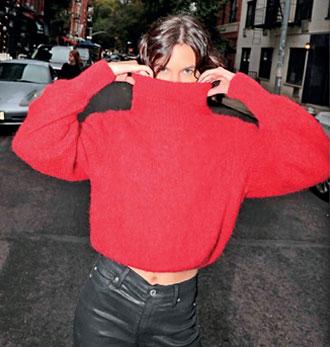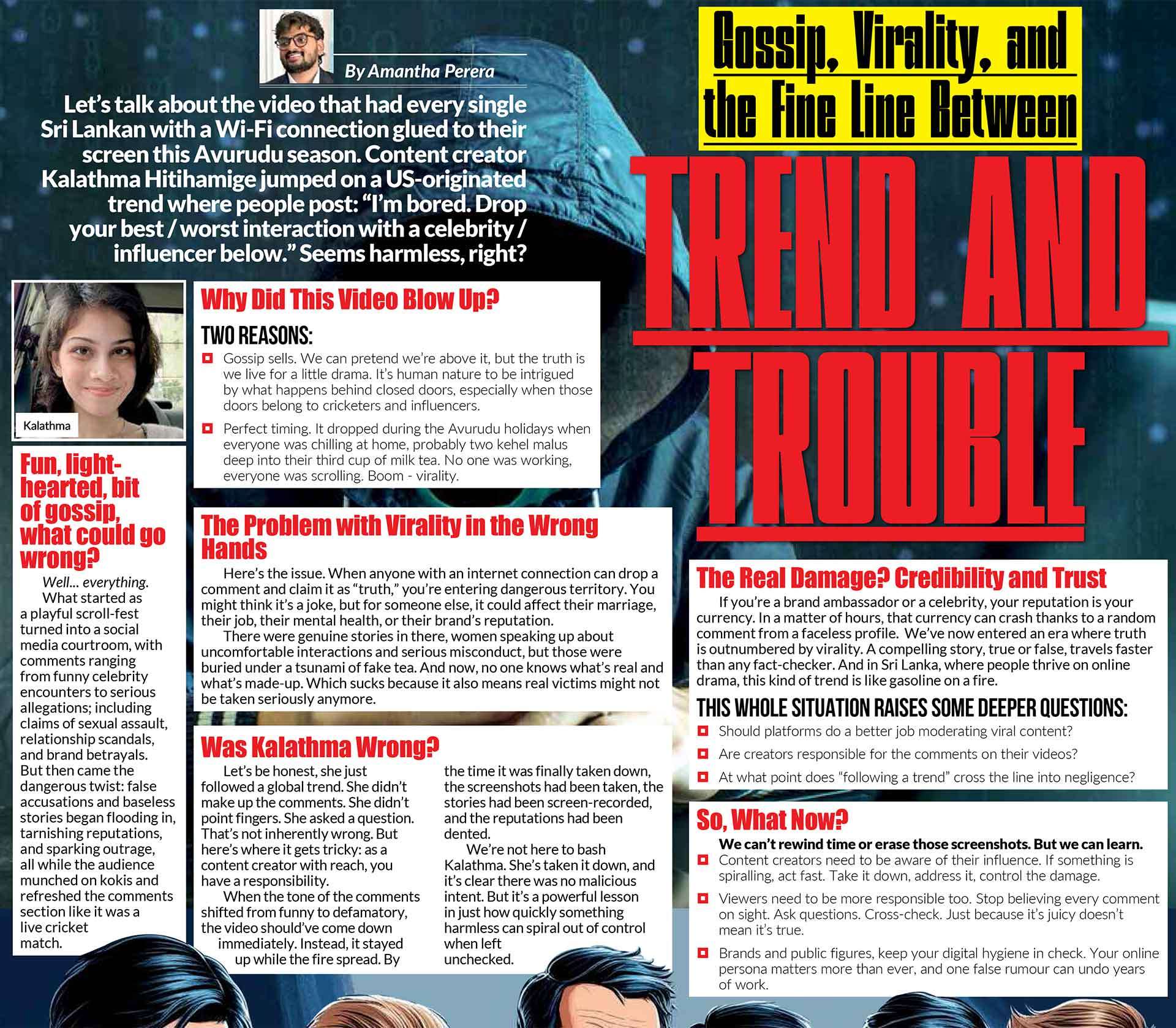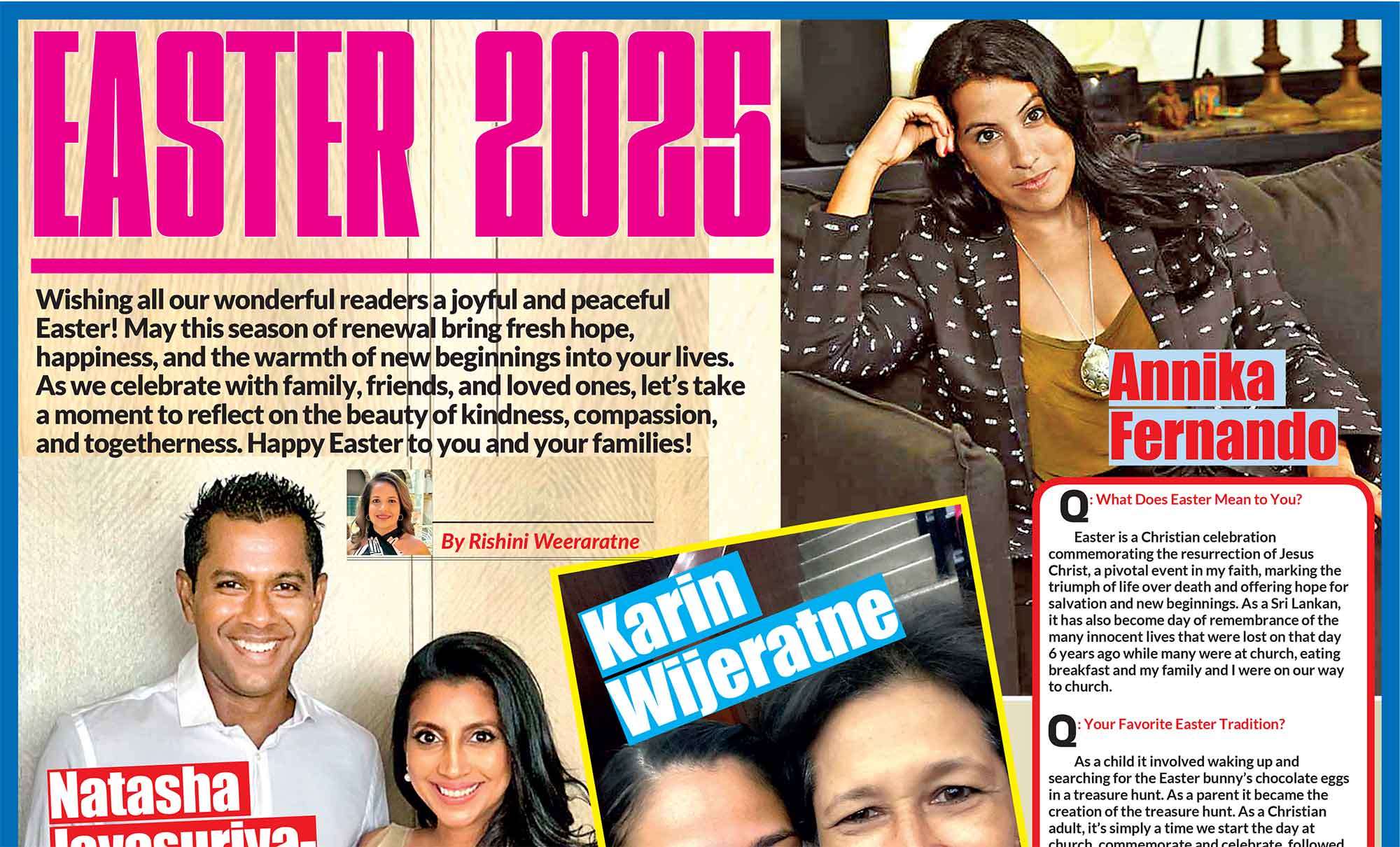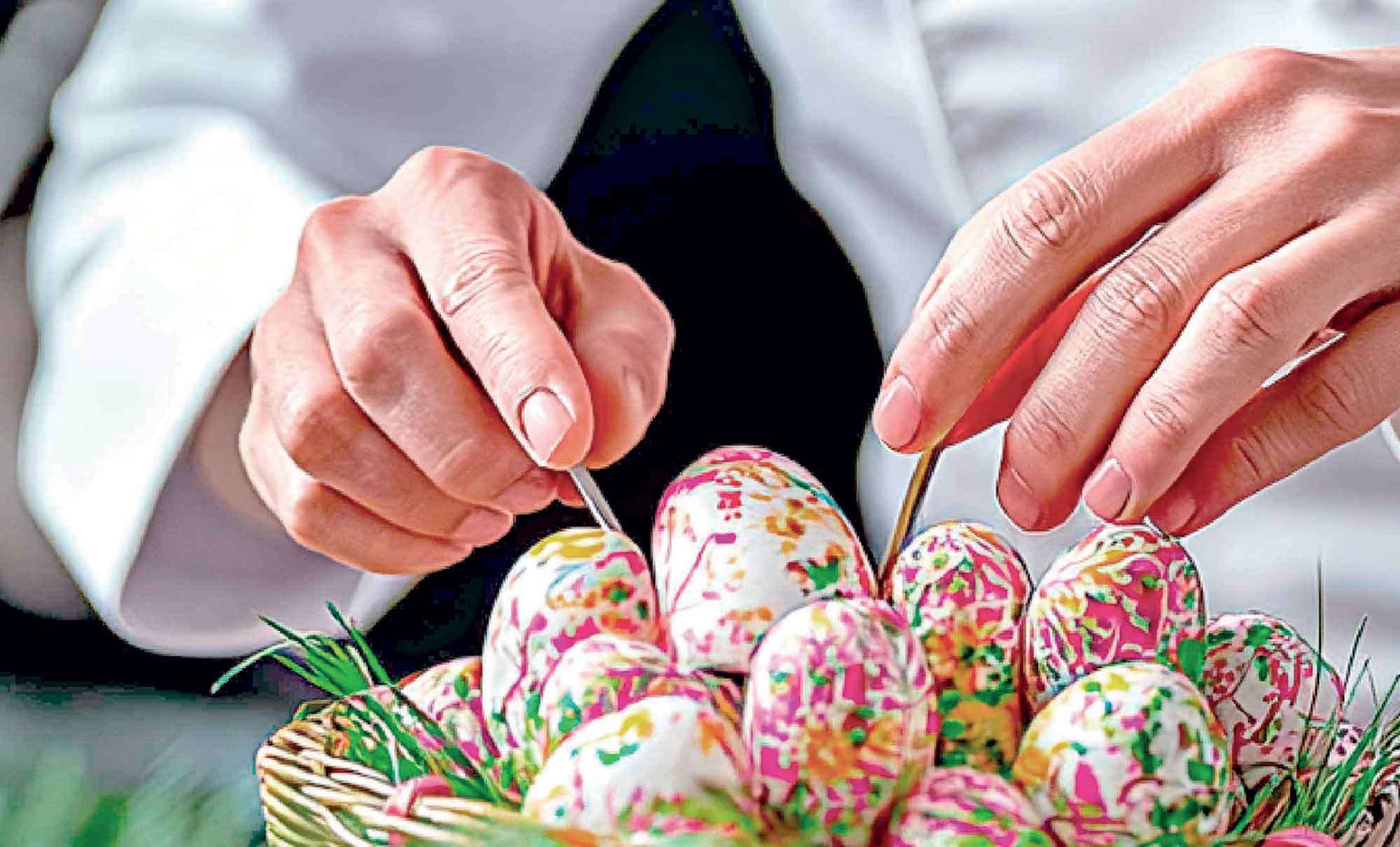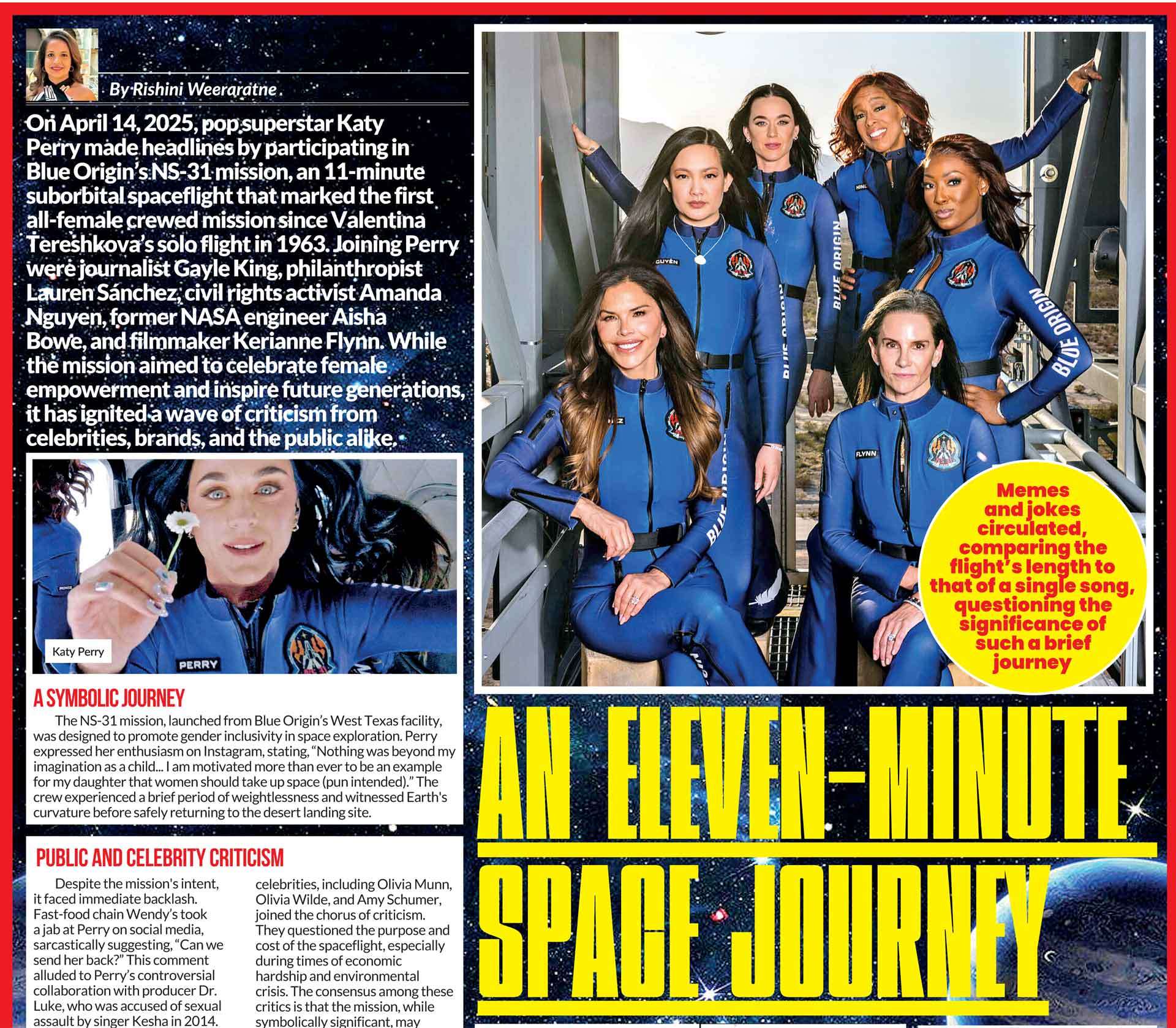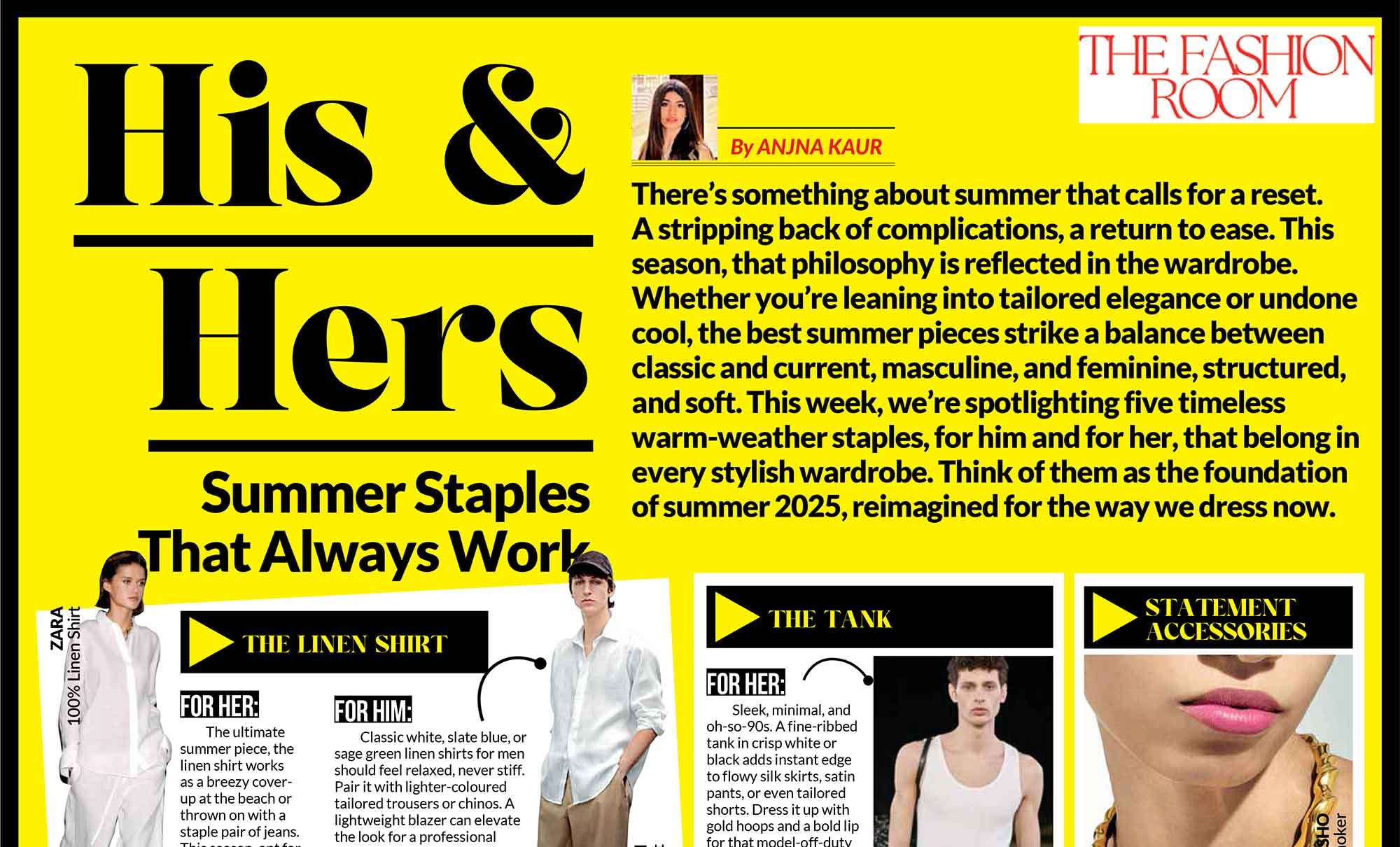

I first met Cecilie Villadsen at Amazonico in Mayfair, where she was seated at the table next to mine with a friend. We struck up a conversation, and I was immediately drawn to her energy and drive. A few weeks later, we caught up over dinner at The Arts Club in London while Cecilie was in between work travels to the US and Paris Fashion Week. Despite being in her late 20s, Cecilie had already established herself as a successful entrepreneur and fashion designer, which left me fascinated by her story and journey.
Her passion for creativity, paired with her business acumen, made her a standout in the fashion world. In this interview, I explore Cecilie Villadsen’s remarkable career, delving into the challenges she’s faced and the valuable lessons she’s learned while navigating the competitive world of fashion. Her journey is a testament to her entrepreneurial spirit, creativity, and resilience, making her a true inspiration for aspiring designers and entrepreneurs.
|
My journey was entirely self-taught, fuelled by passion and determination. At 15, many doubted that I could build a business on my own
|
Q:Can you share a little about your childhood and what inspired your early interest in fashion?
From the age of 12, I was captivated by haute couture and global fashion magazines. With fashion blogs emerging, I collected magazines like American Vogue and Australian RUSSH, immersing myself in designer stories. Growing up in a small Danish town, access to Vogue was nearly impossible, so I turned to digital platforms, deepening my understanding of trends and industry leaders. This passion led me to design my own pieces, heavily inspired by vintage American denim. Fashion became my self-guided study, shaping my creative vision and fuelling my love for the industry.
Q: Growing up in Denmark, were there any cultural influences that shaped your design philosophy?
Growing up in Denmark offered stability, but I craved something beyond the ordinary. The conventional career paths didn’t align with my passion, so I carved my own way. Creativity became my refuge, shaping my dreams. This mindset of independence and innovation influenced my design philosophy, pushing me toward unique, unconventional approaches.
Q: Was there a specific moment or experience in your early years when you realized you wanted to pursue a career in fashion?
I’ll never forget my final year of primary school when I hesitated to share my dream of studying haute couture in New York. It wasn’t the usual career path, and I feared rejection. That moment pushed me to create my own path, embracing my creativity and taking control of my future in fashion.
Q: How did your family or upbringing support your passion for creativity and fashion design?
Starting a business at 14 was unconventional, but my parents instilled in me the belief that hard work could make anything possible. Their encouragement gave me the confidence to trust my abilities and pursue my passions fearlessly. Though initially unexpected, they ultimately supported my decision. Their mindset shaped my early development, reinforcing my determination and making creativity and fashion design the foundation for my career.
Q: Were there any particular role models or mentors who guided you during your childhood and early years in fashion?
In primary school, I built my first e-commerce site using Shopify and taught myself HTML and CSS. As a young girl in a male-dominated space, I relied on books and blogs to learn everything from marketing to logistics. This self-driven learning process shaped my independence and resilience in fashion and business.
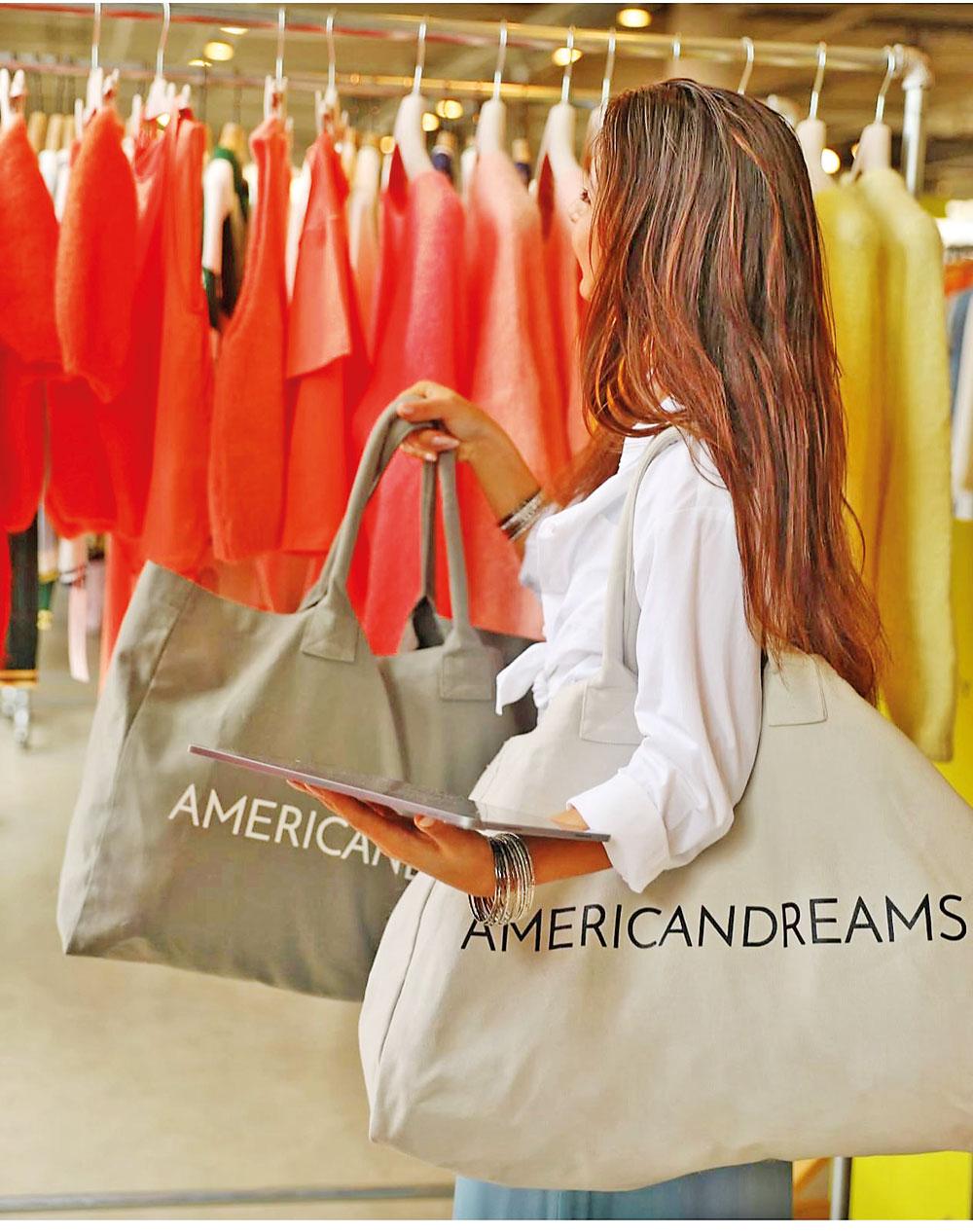
Q: Can you tell us about your education in fashion design? How did your academic experience help shape your career?
Despite my passion for fashion, I didn’t attend fashion college. Instead, I focused full-time on growing American Dreams after high school. While peers travelled, I immersed myself in building my business. This hands-on experience became my true education, teaching me design, operations, and practical skills that shaped my career.
Q: You started your business at just 14 years old, what was the motivation behind starting so early?
At 14, I was eager to combine creativity and business, but there were no courses that aligned with my interests. I taught myself everything, using YouTube to master skills like Adobe Illustrator, Photoshop, and web design. Starting my business early was essential to turning my passion into reality, shaping my self-driven entrepreneurial mindset and determination.
Q: Were there any specific challenges or obstacles you faced when launching your business at such a young age?
One of my biggest challenges was not being taken seriously because of my age. Instead of being discouraged, I used it as motivation to work harder and prove myself. Over time, my success spoke for itself. That challenge taught me resilience, perseverance, and the importance of letting my work define me.
Q: Did you receive any formal training before starting American Dream, or was it more of a self-taught journey?
My journey was entirely self-taught, fuelled by passion and determination. At 15, many doubted that I could build a business on my own. Legally, I couldn’t get a VAT number under 18, so my parents helped with the paperwork. Being in school, I also needed support with tasks like packing orders. Despite these challenges, I learned everything hands-on, from logistics to branding. Over time, I proved that age wasn’t a limitation, and these obstacles strengthened my skills and resilience as an entrepreneur.
Q: What role did your early experiences play in helping you build your brand and identity as a designer?
I started by purchasing goods from established brands and selling them online, gaining valuable insight into the industry from a customer’s perspective. This experience taught me the advantages and challenges of retailing, helping me understand what worked and what didn’t. It laid the foundation for my brand, shaping my approach to design, production, and business strategy.
Q: American Dream is a bold name for a fashion brand. What was the inspiration behind choosing this name, and how does it reflect your vision?
The inspiration behind American Dream came from my first designs, crafted with vintage jeans and American flag cloth. I made shorts with stars and stripes, adding studs to the pockets. The name felt natural and now represents the bold, vibrant colours of our designs, capturing creativity, freedom, and uniqueness.
Q: What were the first steps you took when starting American Dream, and how did you finance your brand at the beginning?
American Dream has always been self-funded, with a focus on organic growth. I financed the first e-commerce platform using $10,000 saved from selling hand-crafted shorts. This personal investment allowed me to work with a software engineer, creating a crucial foundation for the brand’s future expansion and success.
Q: How did you manage balancing school and starting a fashion brand at the same time?
Balancing school and starting a fashion brand was challenging but manageable with support. I got help with packing and shipping orders, freeing my time to focus on designs, marketing, and growing the business. It became a fun hobby, blending creativity with my growing business interest, keeping me motivated and passionate.
Q: Can you share any memorable experiences or milestones from the early days of American Dream?
At the age of 16, I remember making approximately $100,000 USD in revenue in just one month. At that point, it was clear that I was doing something right, and seeing the high demand and numbers in my online business was extremely motivating.
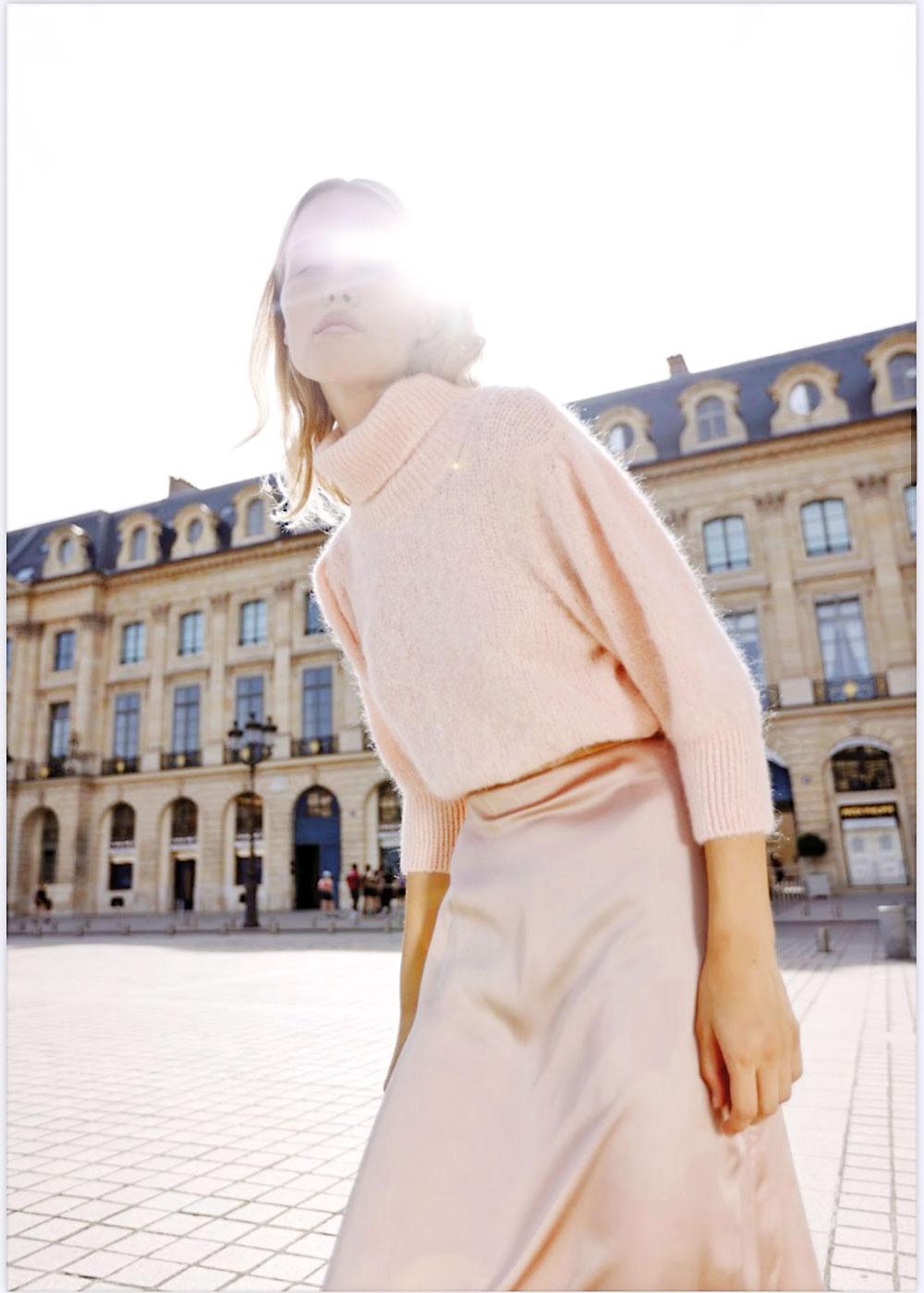
Q: Where do you see yourself ten years from now?
In ten years, I envision being with my partner, raising a happy and healthy family, while continuing to thrive as a female business entrepreneur in the fashion industry.
Q: What advice would you give to young entrepreneurs or designers who aspire to start their own brands, particularly at such a young age?
In the early stages of your career, it can be tough when no one else believes in what you’re doing. That’s when it’s crucial to lead the way and trust your instincts. It takes immense courage to stand out and keep moving forward, even when no one is cheering you on.


